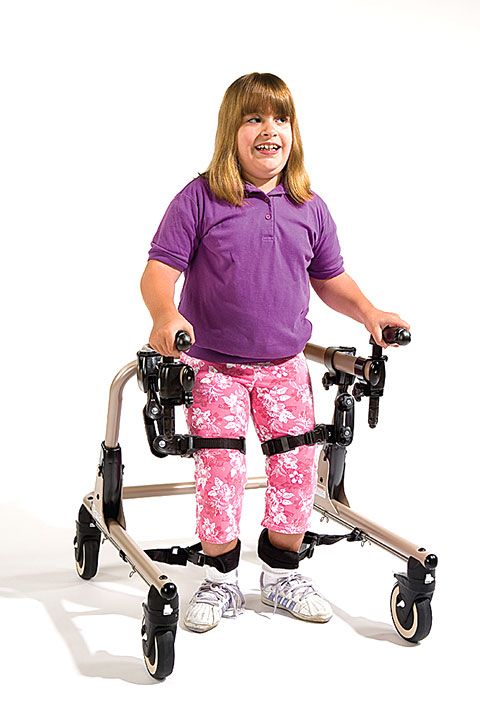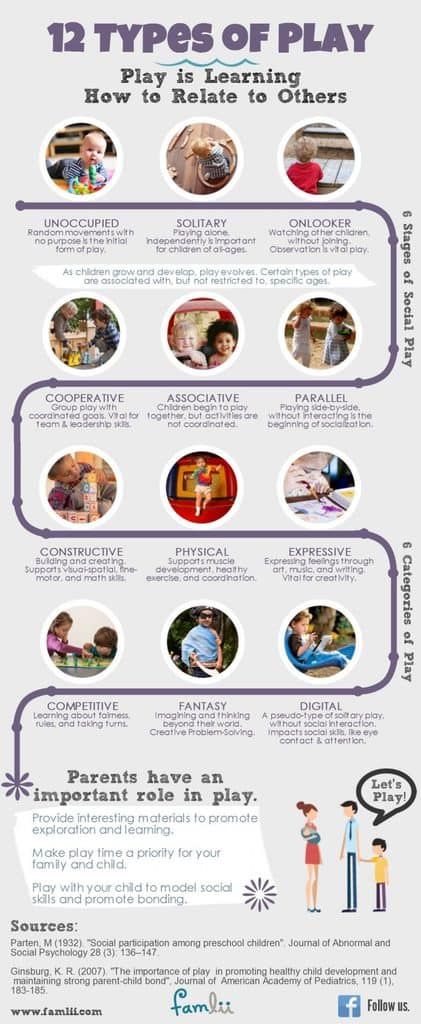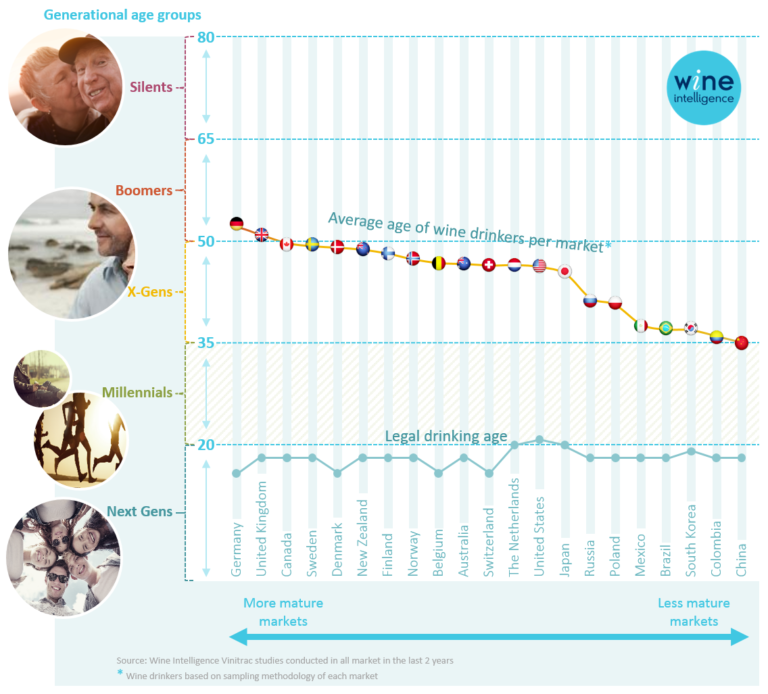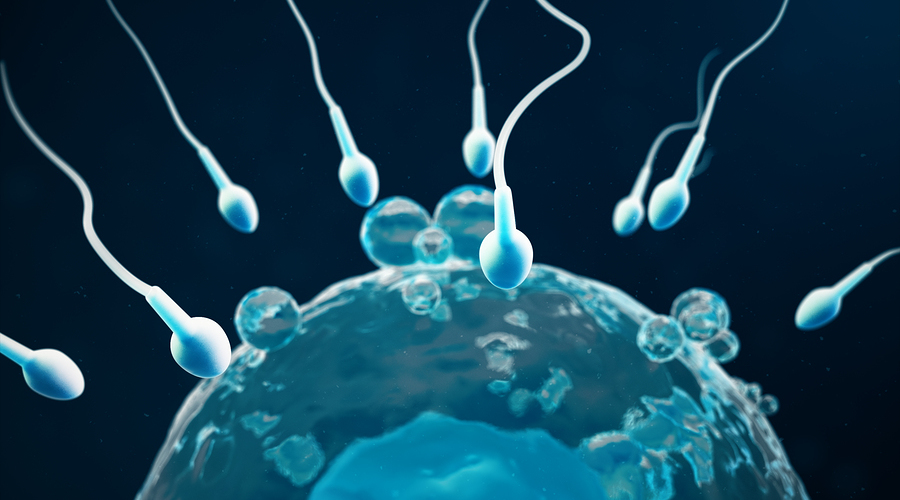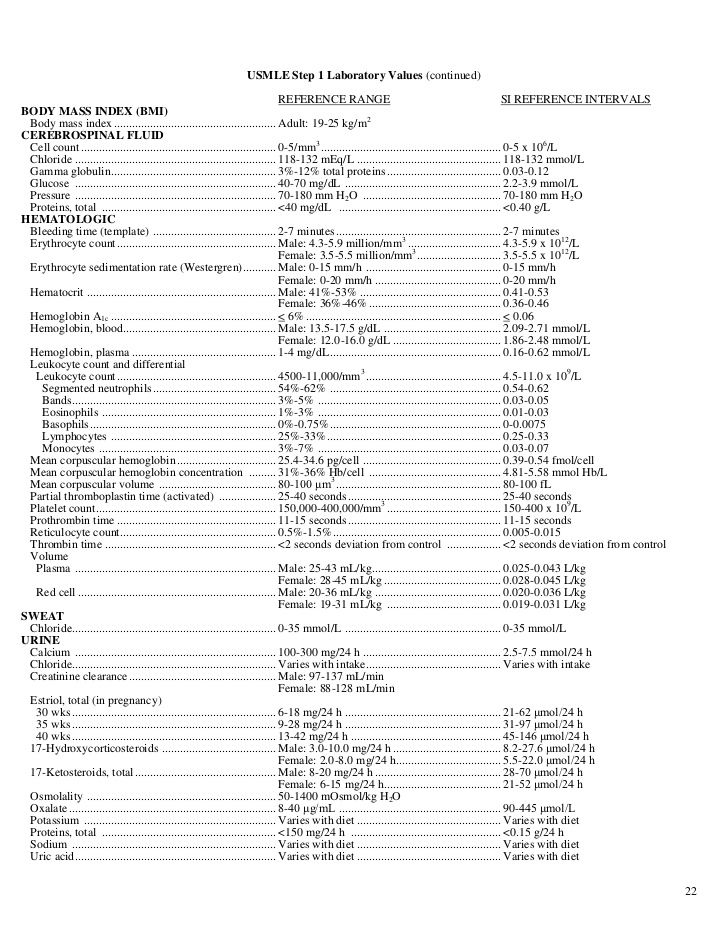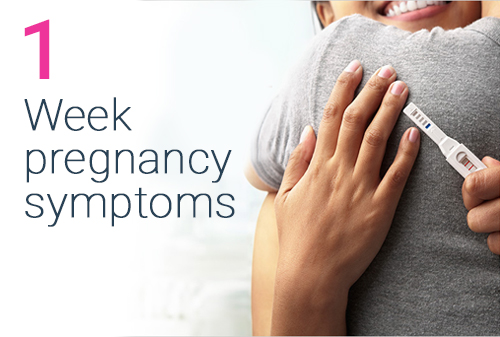Development of a one year old child
Your toddler's developmental milestones at 1 year
Explainer
Everything you need to know about your growing 1-year-old
UNICEF
Congratulations, you officially have a toddler! Toddlers are more active, curious and expressive. At this age, your child may begin to use words, be able to stand on her/his own and take a few steps. To help your little one learn and grow, read books to your child and encourage active play.
| Social and emotional |
| Language and communication |
| Brain development |
| Movement and physical development |
| Food and nutrition |
| Things to look out for |
| Tips and resources |
| < Back to Parenting Milestones |
Social and emotional milestones at 1 year
Some of the ways you’ll see your little one learning to connect with the people around him at 1 year.
- Hands you a book when he wants to hear a story.
- Cries when his parents leave.
- Is shy around strangers.
- He’ll put out an arm or leg to help with getting dressed.
- Has favourite toys.
- Repeats sounds to get your attention.
Tips for parents
- Play social games with him like hiding something and coaxing him to find it.
- Try to get him to help with getting dressed by asking him to put his leg out, stand up, etc.
Language and communication milestones at 1 year
How your toddler is expressing her needs.
- Is using basic gestures like waving and saying basic words like “mama” and “dada.”
- Her babbles sound more like speech.
- Responds to simple requests you give.
- She will try to repeat words you say.
Tips for parents
- Encourage your toddler to say ‘hello’ and ‘goodbye.
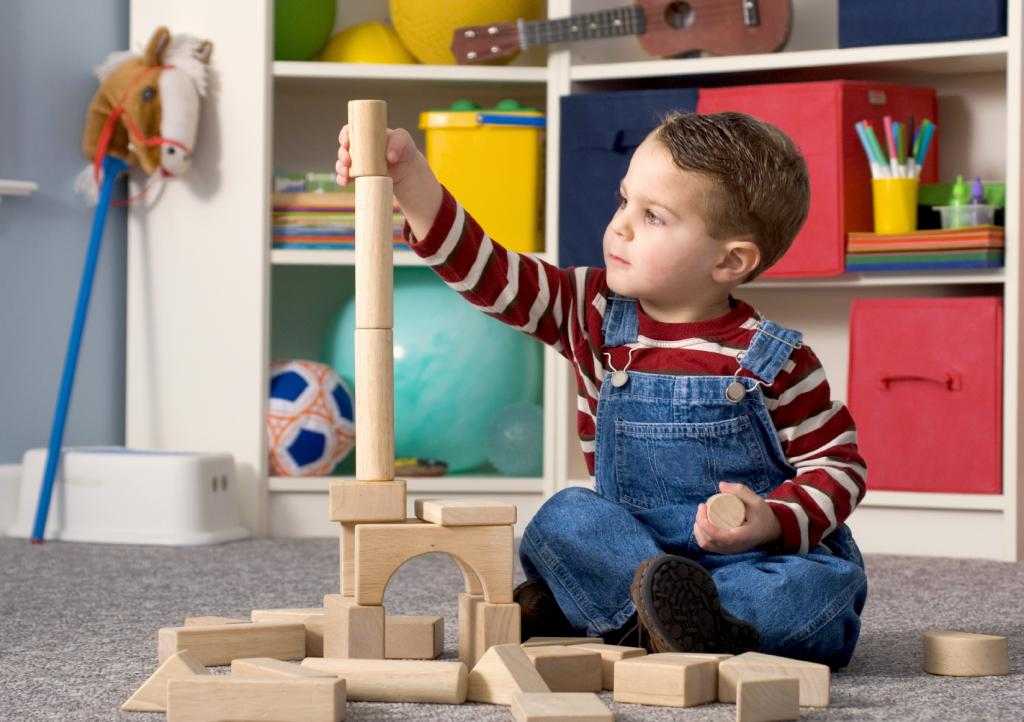 ’ Praise your toddler when they do so, as this can help their socio-emotional development.
’ Praise your toddler when they do so, as this can help their socio-emotional development. - Praise your toddler when she repeats words or tries to speak with others.
- Prompt her to point to characters and objects when you’re reading to her.
Brain development milestones at 1 year
Your child’s brain is growing!
- He is copying movements and gestures.
- Bangs objects together.
- Drinks from a cup and uses other objects correctly.
- Finds things that are hidden.
- He looks at the right object when it is named.
- Can follow simple directions and lets go of objects without help.
- He puts objects in containers and can take them out.
Tips for parents
- Give support and guidance to your toddler when he’s playing a game.
- As you notice your toddler gaining skills and being able to do some things on his own, you can progressively reduce your support but still observe and guide him.
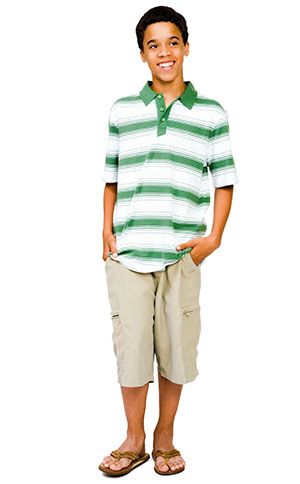
Movement and physical development milestones at 1 year
How she’ll move through her environment.
- Can take a few steps without support.
- Gets into a sitting position without support.
- Pulls up to stand and walks while holding onto furniture.
Tips for parents
- Try placing your toddler on flat surfaces to help her develop her gross motor skills like crawling and moving her arms and legs.
Food and nutrition milestones at 1 year
What mealtimes look like at 1 year.
- Eats a greater variety of foods, such as soft-cooked vegetables and soft fruits.
- He is starting to learn how to eat on his own.
- Can thoroughly chew his food.
- He is beginning to be able to use an open cup.
Tips for parents
- Give your toddler half a cup of food four to five times a day, along with two healthy snacks.
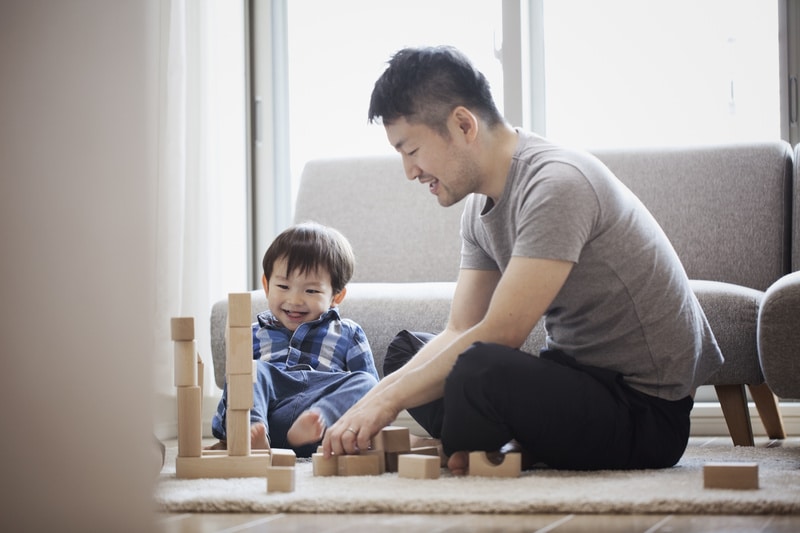
- Continue to breastfeed if he wants to.
Things to look out for
While all children develop differently, you should speak to your paediatrician if your 1-year-old:
- Isn’t crawling.
- Won't search for hidden objects.
- Is unable to stand without support.
- Doesn’t point.
- Doesn’t say simple words.
- Loses skills she once had.
True or False?
Loading...
Explore age groups
2 Months | 4 Months | 6 Months | 9 Months | 1 Year | 18 Months | 2 Years
< Back to Parenting Milestones
Toddler Milestones: Your Baby’s Development at 1 Year
After a baby’s first birthday, the rate of growth begins to slow down. Your baby is now a toddler and is very active. If your toddler isn’t walking yet, he or she will soon. Walking offers chances for exploring areas that were previously out of reach, and for practicing independence.
Walking offers chances for exploring areas that were previously out of reach, and for practicing independence.
Doctors use milestones to tell if a toddler is developing as expected. There’s a wide range of what’s considered normal, so some children may gain skills earlier or later than others. Toddlers who were born prematurely may reach milestones later. Always talk with your doctor about your child’s progress.
What can a 1 Year Old Baby do at this age?
As your baby continues to grow, you will notice new and exciting abilities that develop. While babies may progress at different rates, the following are some of the common milestones your baby may reach in this age group:
- Walks alone by 15 months, then begins to run
- Can stop, squat then stand again
- Sits down on small stool or chair
- Climbs stairs while holding on
- Dances with music
- Plays with push and pull toys
- Can build towers out of blocks
- Throws a ball overhand
- Puts two- to three-piece puzzles together
- Scribbles with crayon or pencil and may imitate drawing a straight line or circle
- Mostly feeds self with fingers
- Begins to feed self with spoon
- Drinks well from cup
- Can help with dressing and may be able to undress simple clothes (i.
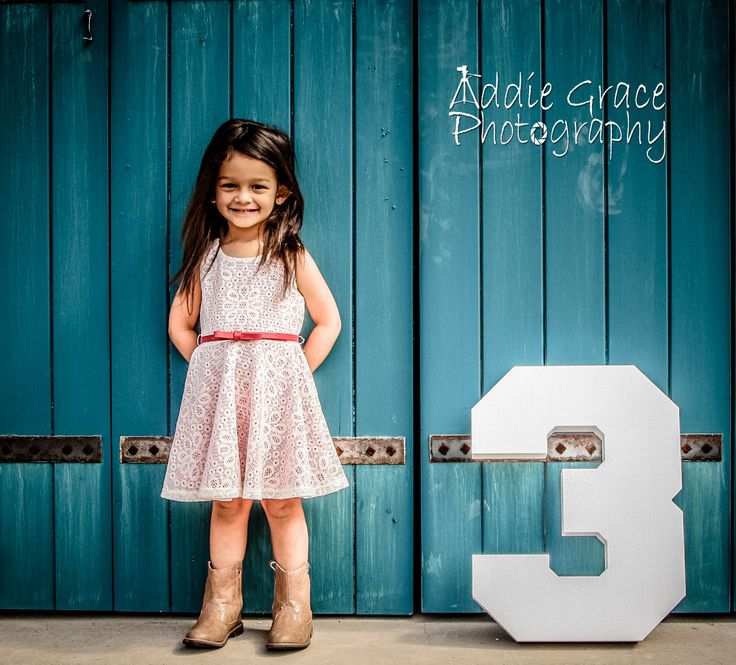 e., clothes without buttons or zippers)
e., clothes without buttons or zippers) - First molar (back) teeth appear
- Takes one afternoon nap
- May sleep 10 to 12 hours at night
What Can a 1 Year Old Baby Say?
Speech development is very exciting for parents as they watch their babies become social beings that can interact with others. While every baby develops speech at his or her own rate, the following are some of the common milestones in this age group:
- Imitates animal sounds and noises
- At one year, says four to six simple words
- At 18 months, says 10 to 15 words
- By 18 to 24 months, uses simple phrases or two-word sentences (i.e., “Mommy up”)
- By 2 years, says 100 or more words
- Asks “What is … ?”
- Uses negative phrases such as “No want”
What Does a 1 Year Old Baby Understand?
By about 18 months of age, children begin to understand symbols – the relationship of objects and their meanings. While children may progress at different rates, the following are some of the common milestones children may reach in this age group:
- Waves bye-bye and plays pat-a-cake
- By 18 months understands one-step questions and commands such as “Where is the ball?”
- By 24 months understands two-step questions and commands such as “Go to your room and get your shoes.
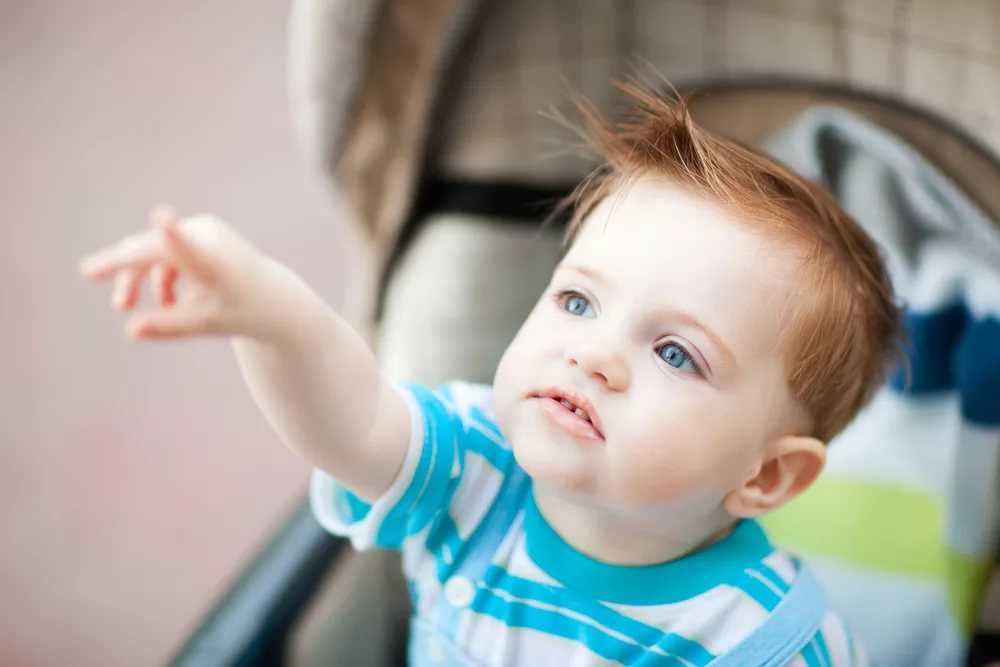 ”
” - Understands object permanence (a hidden object is still there)
- Understands the cause-and-effect relationship better
- Likes to explore drawers and boxes to see what is inside
- Make-believe play increases (i.e., may imitate housework or feed a doll)
- Recognizes own face in mirror
- Can point to body parts (i.e., nose, hair, eyes) when asked
- Begins to understand use of certain objects (i.e., the broom is for sweeping the floor)
- May ask for parent’s help by pointing
What Can a 1 Year Old Baby See?
As your baby’s eyesight develops, they begin to be able to focus on and interact with people and objects. Their motor skills and hand eye coordination continue to get stronger and they are able to start seeing toys across the room and exploring their functions. For example, they can focus on a ball and begin to kick or throw it.
While babies are still developing, many things intrigue them. A 1 year old may become curious about certain toys and objects that have moving parts and can be infatuated with how it works. At this stage, they will enjoy looking at bright colors and pictures in books, especially familiar images. Encourage your baby to explore new places and objects, while pointing out items by name.
At this stage, they will enjoy looking at bright colors and pictures in books, especially familiar images. Encourage your baby to explore new places and objects, while pointing out items by name.
1 Year Old Baby Sensory Development: Touch
Your baby will begin to wander around by either crawling or walking to explore their new freedom. While it’s important for them to experience different textures and surfaces in your home, make sure there are no dangerous items that can hurt them. Be aware of small objects that they could choke on, as they are in a phase of putting items in their mouth.
Once these safety precautions are done, allow your 1 year old to roam around and feel different objects. You can let your baby feel the fuzziness of a blanket or a rough concrete surface. Allow them to squish different foods in their hand like blueberries, and discover what items feel the same or have different textures.
What Can My 1 Year Old Baby Taste And Smell?
At 1 years old, your baby is trying different foods and is developing food preferences.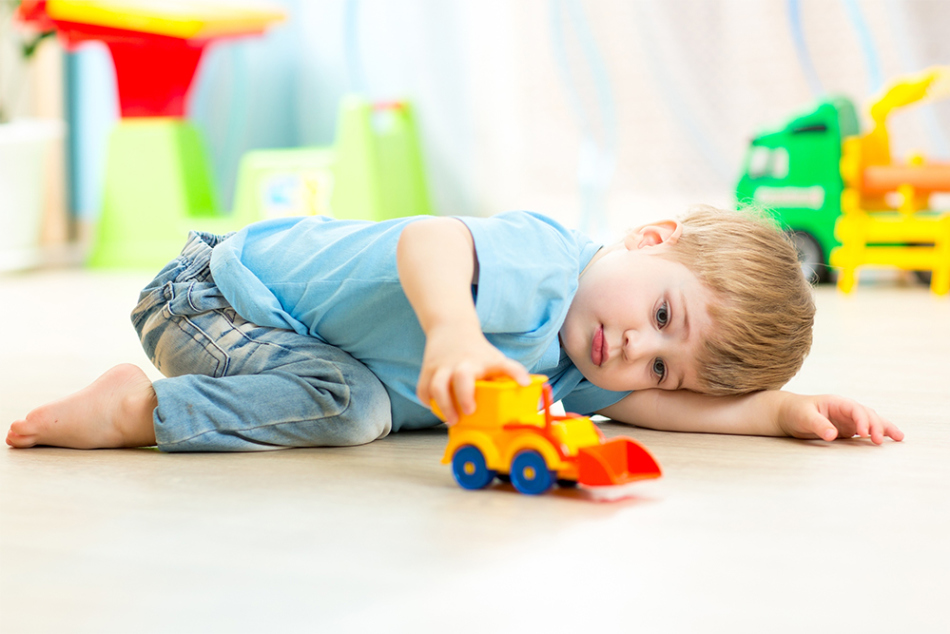 The best way to keep their food palette growing is to continue giving them new food items with different tastes and smells. They might not eat it or like it at first, but keep trying. It can take multiple tries before a baby likes a new food.
The best way to keep their food palette growing is to continue giving them new food items with different tastes and smells. They might not eat it or like it at first, but keep trying. It can take multiple tries before a baby likes a new food.
Encourage your baby to explore outside and experience different scents, like sweet flowers and rain.
How Does a 1 Year Old Baby Interact With Others?
As children begin to walk, they may show independence and try to walk farther away from the parent. Separation anxiety and fear of strangers may lessen, then return at about 18 months. While every child is unique and will develop different personalities, the following are some of the common behavioral traits that may be present in your child:
- Plays alongside others without interacting, called parallel play
- May begin clinging to parents around 18 months
- May begin to say “no” more frequently to commands or needs
- May have temper tantrums
- May use a blanket or stuffed animal as a security object in place of the parent
1 Year Old Baby Physical Growth
Your doctor has measured your baby’s weight, length and head size (circumference) since birth and put them on a growth chart.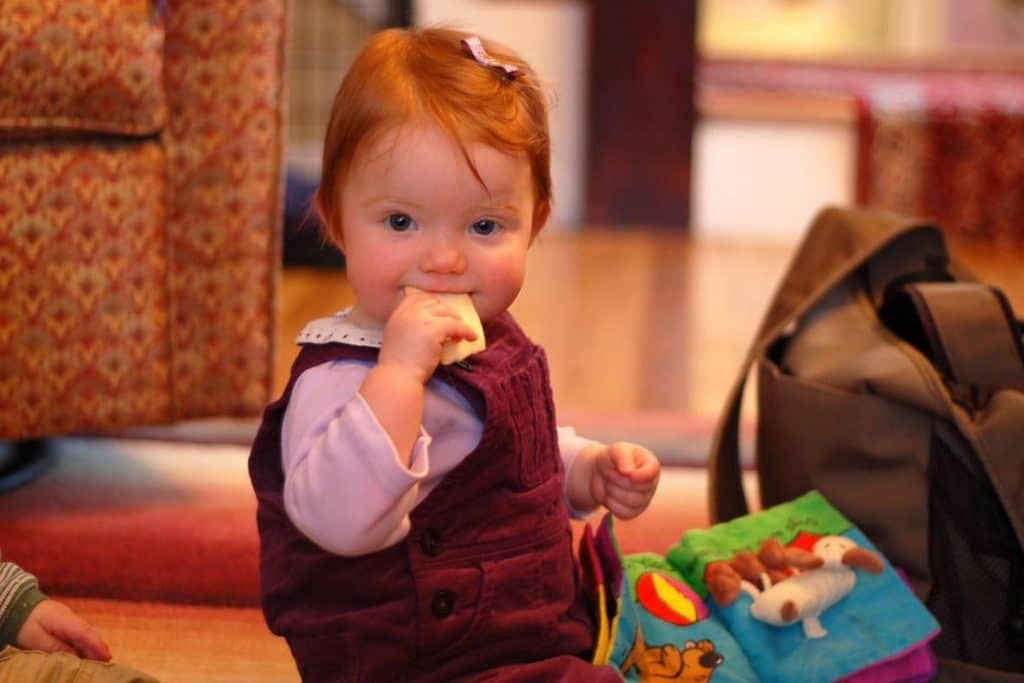 This is where to look first if you have questions about your baby’s growth.
This is where to look first if you have questions about your baby’s growth.
When you look at the growth chart with the doctor, compare your baby’s growth with their own growth pattern, not with the growth of other babies. As long as your baby’s growth is steady, there’s usually no reason to worry.
If you’re concerned about your baby’s weight or growth, talk with your doctor, who might ask:
- Has your baby been sick? A couple days of not feeling well, especially if combined with vomiting or diarrhea, can lead to weight loss. The weight will come back when your little one feels better.
- Is your baby on the move? Crawling, cruising and walking burn calories, so weight gain might be less with this mobility.
- Is your baby more interested in playing peek-a-boo or dropping the spoon on the floor than eating? The world is a fascinating place, and your almost-toddler is learning more every day.
:max_bytes(150000):strip_icc()/cute-toddler-girl-playing-with-toys-on-daycare-floor-598560038-5be4953746e0fb0026d554b6.jpg) Try not to distract your baby during mealtime. Also watch for signs that your little one has eaten enough.
Try not to distract your baby during mealtime. Also watch for signs that your little one has eaten enough. - Are you introducing the right kinds of foods? As your baby gets better at eating, pay more attention to the texture and types of foods you serve. Your child might have lost interest in puréed baby foods. Instead, serve soft table foods and finger foods that are safe and fun.
What About a Baby Who Gains Weight Fast?
Parents may wonder: Can babies gain too much weight? But only a few babies and toddlers are overweight. In those cases, advice from the baby’s doctor can help.
Never skip feedings. But do watch for signs from your baby that they are full. Make sure your baby’s calories come from nutritious sources, like fruits, vegetables and fortified cereals after age 1.
Get down on the rug with your baby and encourage physical activity, making sure that your little one has a safe space to move around in. Limit time spent in car seats, strollers and playpens.
Limit time spent in car seats, strollers and playpens.
One of the best things you can do for your baby is to eat well and be physically active yourself. Your baby has a better chance of growing up fit if good health habits are part of the family’s way of life.
How Long Should My Baby Sleep?
Toddlers are more and more aware of their surroundings, so distractions can disrupt them at bedtime. A simple and consistent bedtime routine is a parent’s best bet for getting a sleepy toddler into bed. Between the ages of 1 and 2, most kids need about 11 –14 hours of sleep a day, including one or two daytime naps.
At around 18 months, or sometimes sooner, most toddlers condense their two naps into one afternoon nap. A toddler who fights the morning nap is probably ready for just an afternoon nap.
Check out our Healthy Sleep for Children guide for more info.
How Can I Help Increase My 1-Year-Old Baby’s Learning And Emotional Security?
Consider the following as ways to foster the emotional security of your 1-year-old:
- Give your child toys that can be filled and emptied and toys for imaginary play.
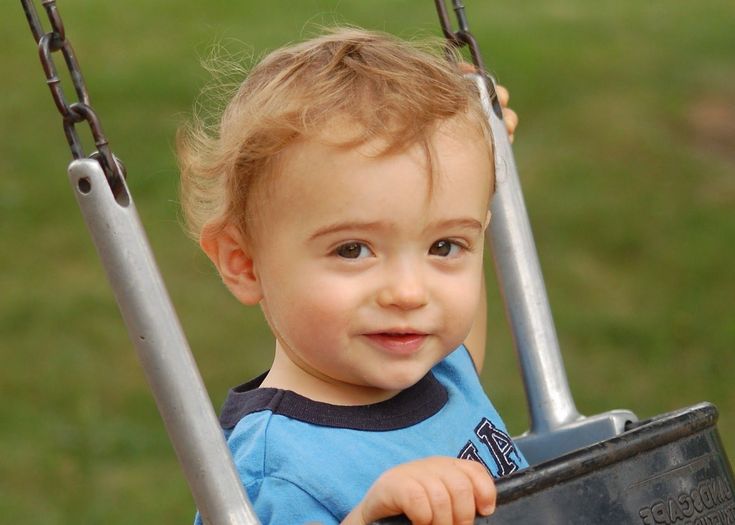
- Give your child simple two- to six-piece puzzles and balls of all sizes.
- Help your child build towers of blocks.
- Encourage your child to “help” you with household tasks.
- Give your child paper and large crayons to scribble and draw.
- Talk to your child with clear simple language about what you are doing.
- Use the correct names for objects, even if your child does not.
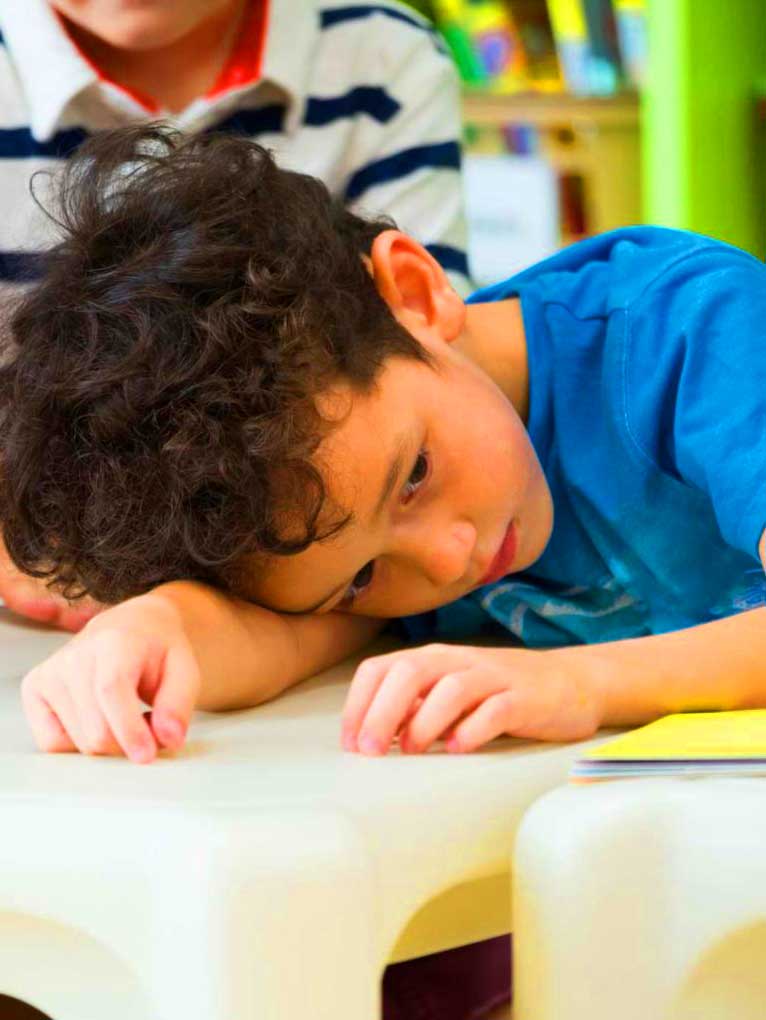 For example: your child might say “wa-wa,” and you say “Water, that is right.”
For example: your child might say “wa-wa,” and you say “Water, that is right.” - Expand your child’s sentences. If your child says, “Want cookie,” you say, “Do you want another cookie?”
- Read to your child every day using picture and story books.
- Feed your child at family mealtimes.
- Provide consistent firm, appropriate discipline without yelling or hitting.
Reviewed by Dr. Vivi Tran, Los Alamitos Pediatrics, CHOC Primary Care – May 2021
Child development at 1 year old: what to look for, features of development
08. 10.2020 Reading time: 5 min 58770
10.2020 Reading time: 5 min 58770
Content:
- Features of the development of a child at 1 year old
- Physiological changes
- Physical activity of a child at 6 months
- Psychoemotional development of a 1 year old child
- Features of the development of girls at 1 year old
- Features of the development of boys at 1 year old
- How to check a child's developmental level
- Development classes
- Possible developmental abnormalities
Babies are growing fast. It seemed that only recently a small squeaky bundle appeared in the house, which is difficult even to focus its eyes, and now it is already humming, looking around with interest and preparing to celebrate its first birthday.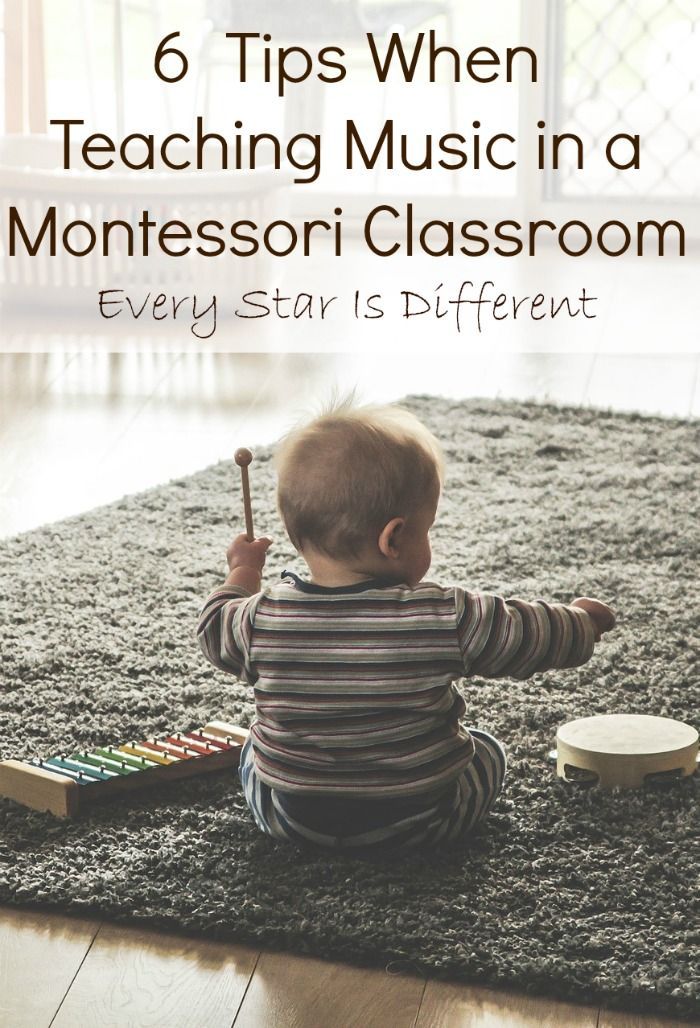 11-12 months - the age when the child begins to carefully try to walk with support or on his own, his teeth continue to cut, and he himself actively learns about the world around him. This period, which has come so quickly, causes natural excitement in parents: what a child should be able to do in a year, whether it develops normally. It should be said right away that all children are individual, and you should not compare the baby with others, it is better to focus on medical criteria.
11-12 months - the age when the child begins to carefully try to walk with support or on his own, his teeth continue to cut, and he himself actively learns about the world around him. This period, which has come so quickly, causes natural excitement in parents: what a child should be able to do in a year, whether it develops normally. It should be said right away that all children are individual, and you should not compare the baby with others, it is better to focus on medical criteria.
Features of the development of a child at 1 year old
Compared to previous months, the baby becomes much more active and inquisitive. Parents begin to notice this even after the first half of the year, but by the age of one, the child becomes even more intelligent and curious. Its weight is about three times greater than at birth, and averages 10–12 kg, and such children are about 72–77 cm tall. Much depends on genetics, on the pace at which the baby's parents grew at one time.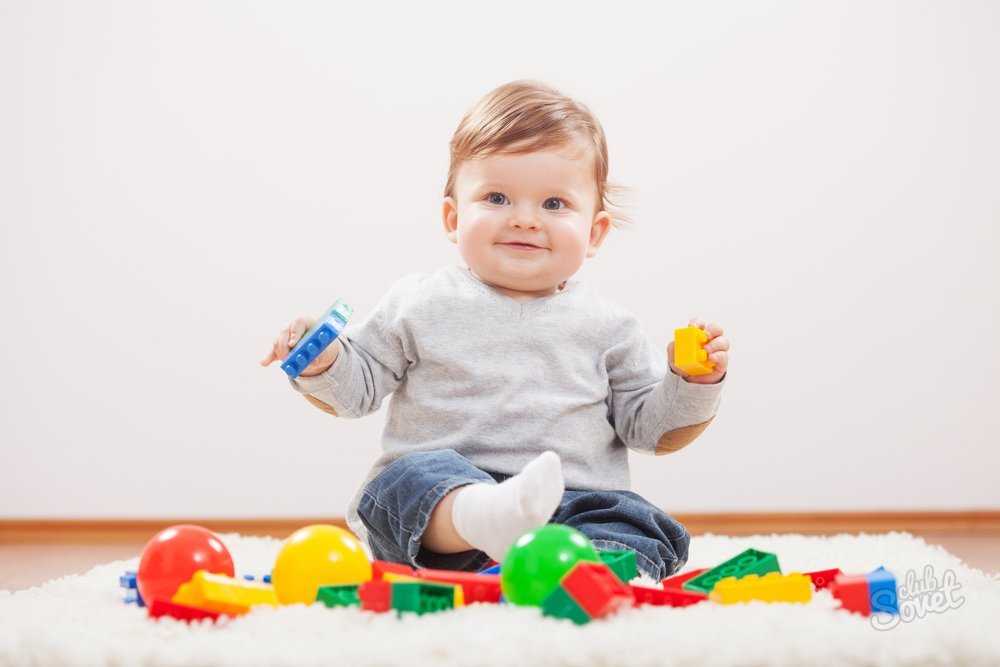 The main thing is that the ratio of height and weight should be organic, for example, a tall child weighs more. If the baby does not fit into the criteria slightly, there is no reason for concern, even if the child at this age looks a little different for acquaintances. Every baby is unique.
The main thing is that the ratio of height and weight should be organic, for example, a tall child weighs more. If the baby does not fit into the criteria slightly, there is no reason for concern, even if the child at this age looks a little different for acquaintances. Every baby is unique.
Physiological changes
Starting from the age of one year, the growth rate will slow down a little. This is completely normal: only in the first 12 months of life the baby grows so rapidly, then the process will become a little less fast.
Weight loss. Strictly speaking, the weight itself does not decrease - only the rate of its growth. Infantile plumpness gradually begins to go away, but partially still remains. Over time, the baby will gain weight more slowly, and this indicates its normal development.
Teeth. A baby is already erupting several teeth per year - up to 8 on average. It is worth showing the child to the doctor if he has not had a single milk tooth in a year. When they are cut, the baby becomes restless, often sleeps poorly at night: he is uncomfortable, and this prevents him from falling asleep. Doctors give recommendations on how to reduce discomfort for a child during teething.
When they are cut, the baby becomes restless, often sleeps poorly at night: he is uncomfortable, and this prevents him from falling asleep. Doctors give recommendations on how to reduce discomfort for a child during teething.
Feet. They are still flat in the baby, no bend has appeared on them. This will pass with time, when the child gets used to walking on his own, then the fat pads on the feet will disappear. If the baby has already begun to actively walk, the pads may disappear earlier, and a healthy bend will begin to appear on the legs. The doctor will examine the baby's legs during a routine checkup, and he will tell if everything is fine with them.
Child activity
What a child can do in a year cannot be compared with his skills just a few months ago. He has already learned to deal with his own body much better, he is very active, moves a lot and in various ways. In the handles, the baby calmly holds two objects, can collect a pyramid or even hold a spoon at the table while feeding. Of course, in many activities he still needs the help of his parents: such small children are able to concentrate on something for only a few minutes.
Of course, in many activities he still needs the help of his parents: such small children are able to concentrate on something for only a few minutes.
Active movements. The child crawls, stands up, including from a squatting position, kneels on his own. He can climb onto a chair or sofa or get down from there, and with the help of his parents, go up or down the stairs. Children are very inquisitive, so at this age they should not be left near open windows or dangerous objects. The kid can guess to get to the windowsill with the help of a chair. Fine motor skills become much better: the child can take some small object with two fingers, take a cup and drink from it.
Dancing. Little children love music. Many notice that, having heard an interesting melody, the baby begins to dance actively: he likes it. Some not only dance, but also try to sing along to children's songs. If the child does not do this, you can show him a simple dance, and he will begin to repeat without the prompting of mom or dad.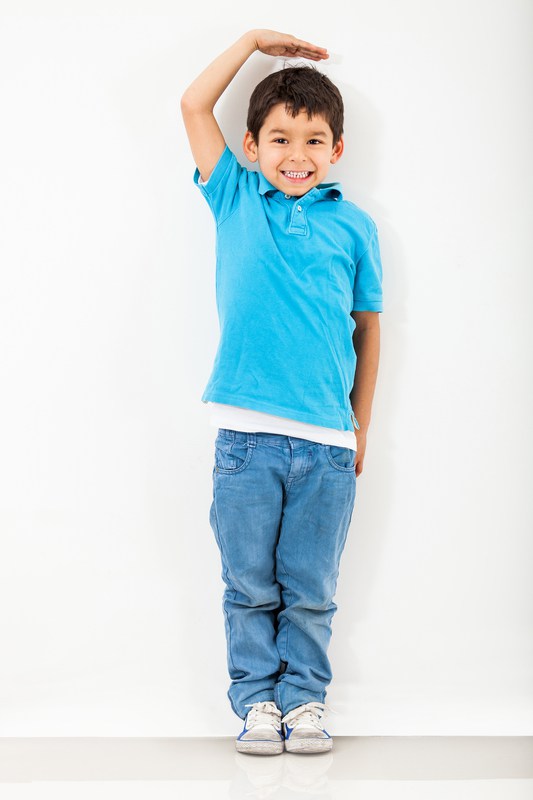
Rapid movement on all fours . Almost all babies at this age are already crawling, and quite quickly. Some skip the step of walking on all fours and immediately get on their feet, but this does not happen for everyone. Most often, a one-year-old child calmly crawls.
Walking with parental support. Some babies are already starting to take their first steps. Few people begin to walk on their own, but most babies can already walk uncertainly, holding the hand of mom or dad. Some people try to walk by holding on to walls or other supports. However, there are also children who are in no hurry to start moving on two legs, and this is completely normal. If your child has not yet gone, do not rush him. Dr. Komarovsky suggests that in such cases it may even be useful to delay walking: walking upright is a serious burden on the back, perhaps the baby is just not ready for it yet [1].
Psychoemotional development of a 1 year old child
The kid is very curious, carefully looks at the behavior of adults and tries to copy it.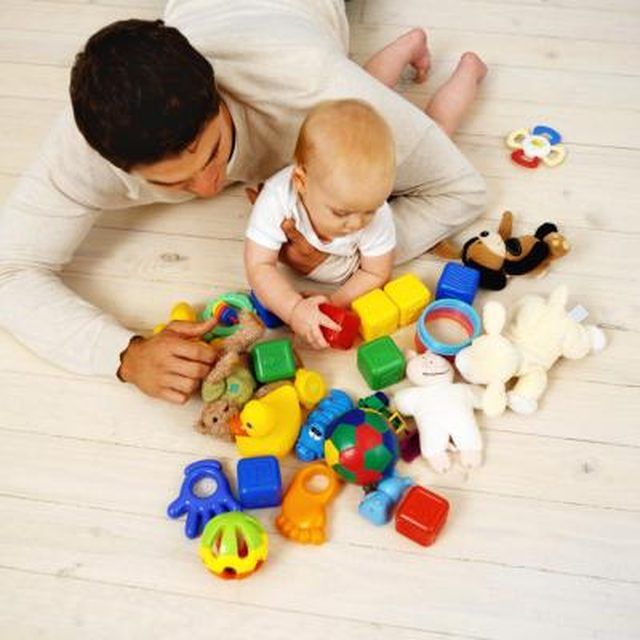 It is important to remember this when educating: even if the child does not listen to you, he will definitely adopt your behavior. The child is very interested in folding and disassembling things, so he can be interested in cubes, pyramids, and build structures out of them. Some people like to leaf through books, hide and look for objects. Babies at this age already show a wide range of emotions, their vocabulary contains up to 10-15 simple words, they recognize different animals and remember the names of their parents. A one-year-old child is able to understand a simple instruction: “come”, “give”. He's starting to get interested in games with a story. Long-term memory also improves: the baby remembers what happened a few days ago. He recognizes animals and objects, and may learn to use some of them, such as opening a closet.
It is important to remember this when educating: even if the child does not listen to you, he will definitely adopt your behavior. The child is very interested in folding and disassembling things, so he can be interested in cubes, pyramids, and build structures out of them. Some people like to leaf through books, hide and look for objects. Babies at this age already show a wide range of emotions, their vocabulary contains up to 10-15 simple words, they recognize different animals and remember the names of their parents. A one-year-old child is able to understand a simple instruction: “come”, “give”. He's starting to get interested in games with a story. Long-term memory also improves: the baby remembers what happened a few days ago. He recognizes animals and objects, and may learn to use some of them, such as opening a closet.
Features of the development of girls at 1 year old
Psychologically, boys and girls at this age are still very similar.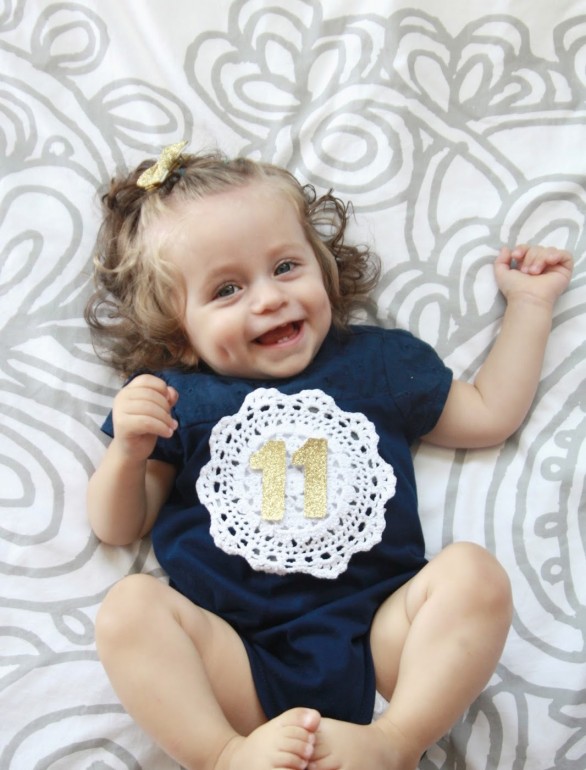 They are interested in balls and pyramids, games with a story, toys with which you can interact in different ways. Therefore, you should not limit the child, say, to dolls, if it is a girl. There are no significant differences in the weight and height of boys and girls at this age. But the psychomotor and mental development of girls can be slightly ahead of that of boys. This will smooth out later, but for now, the baby can start walking earlier or, say, say words.
They are interested in balls and pyramids, games with a story, toys with which you can interact in different ways. Therefore, you should not limit the child, say, to dolls, if it is a girl. There are no significant differences in the weight and height of boys and girls at this age. But the psychomotor and mental development of girls can be slightly ahead of that of boys. This will smooth out later, but for now, the baby can start walking earlier or, say, say words.
Features of the development of boys at 1 year old
Children at this age are very similar, as are the games they prefer. Toddlers can imitate the actions of their parents: hence the possible interest in toys that repeat "adult" objects. This applies to children of both sexes, so try to give them variety. Kids like different games, no need to limit them to cars and balls.
How to check the developmental level of a child
There is no need to make too strict requirements, it is better to focus on the features of development characteristic of this age.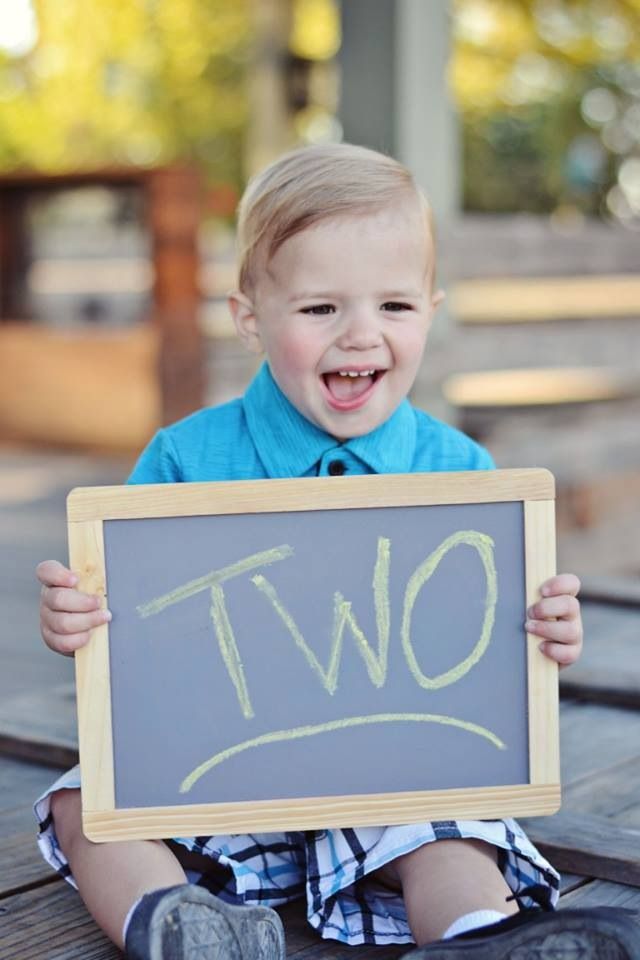 To understand how a child develops and what a child can do at 1 year old, you can conduct a few simple tests:
To understand how a child develops and what a child can do at 1 year old, you can conduct a few simple tests:
- see how the baby moves, how he crawls, whether he can walk, climb or get off sofas and armchairs;
- assess gesticulation, to see if the child can make meaningful gestures such as shaking his head or waving his hand;
- listen to his speech, understand if there is at least one meaningful word in the baby’s speech;
- to see how the child plays, what interests him, how his arms and legs work, whether he can use simple household items;
- estimate the number of teeth;
- play with the baby, offer him cubes or a pyramid, see if he will collect a turret from them or simply discard them.
Development classes
You need to deal with kids: it has a beneficial effect on their development, helps in later life, including in adulthood [2]. So the child will begin to learn new skills and knowledge faster, later it will help him with his studies and will allow him to better and faster understand the surrounding reality.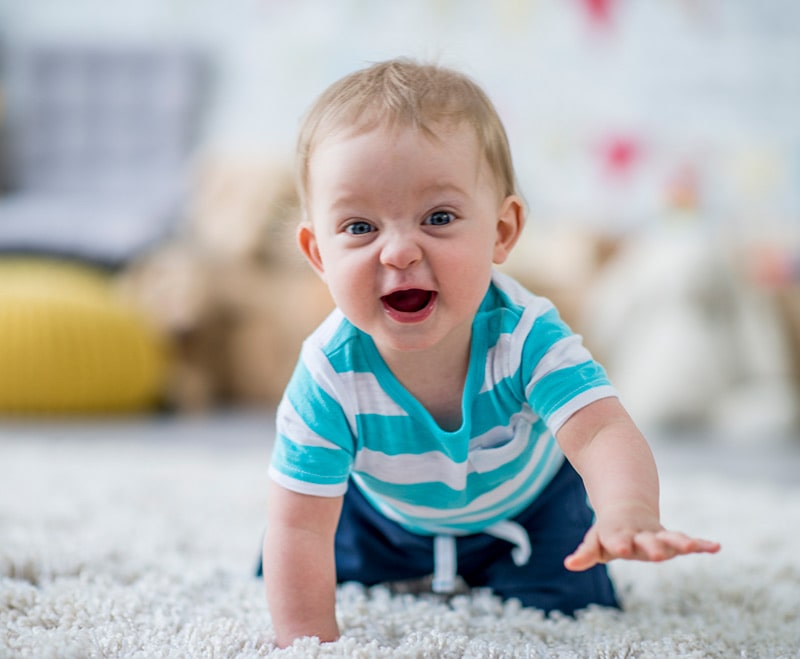 Remember that at this age you need to gradually give the baby more independence, for example, allowing him to choose which blouse he will wear or which book he will read to him at night. Try to take the child in your arms as little as possible so that he has an incentive to get to the right place on his own.
Remember that at this age you need to gradually give the baby more independence, for example, allowing him to choose which blouse he will wear or which book he will read to him at night. Try to take the child in your arms as little as possible so that he has an incentive to get to the right place on his own.
Music. Children love musical toys, children's songs and melodies. In addition, the more various pleasant sounds the baby hears, the more developed his hearing will be. Therefore, include children's songs, melodies and collections that are specially designed for young children. In addition, it will be easier for the baby to play to the music, he may want to dance, thereby developing motor activity, or sing along - this contributes to the development of speech. Of course, if he does not like some melody (at this age, children are already beginning to acquire their own preferences), it is better not to turn it on, but turn on the one that suits your taste.
Dialogues and reading.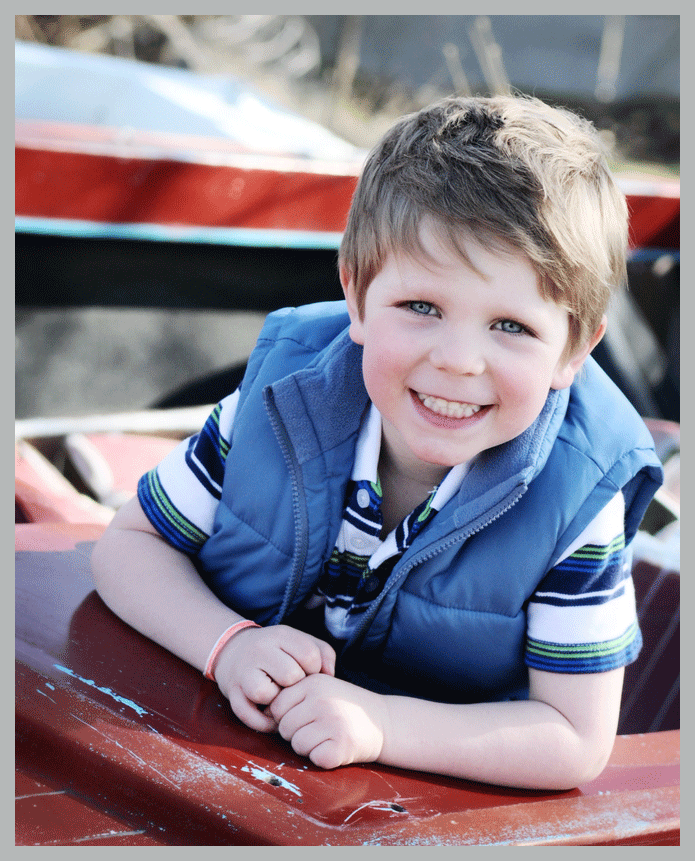 The more you talk with the child, the more words you use in dialogues, the more extensive will be his vocabulary. Long conversations with the baby contribute to the development of speech. Try to communicate with the child all the time that you spend with him: describe the objects he looks at, point out various things and phenomena that are interesting to the child and pronounce their name while walking. Try to communicate with the baby because of his children's speech capabilities. When talking, name the words clearly and distinctly, so that it is easier for the child to remember them and repeat them, use soft and affectionate intonations: the baby at this age perfectly recognizes and feels the mood of others. You can and should read little books. At this age, he himself does not yet know how to read, but he can look at pictures and listen to his mother's voice, learning new words and learning to perceive simple stories.
The more you talk with the child, the more words you use in dialogues, the more extensive will be his vocabulary. Long conversations with the baby contribute to the development of speech. Try to communicate with the child all the time that you spend with him: describe the objects he looks at, point out various things and phenomena that are interesting to the child and pronounce their name while walking. Try to communicate with the baby because of his children's speech capabilities. When talking, name the words clearly and distinctly, so that it is easier for the child to remember them and repeat them, use soft and affectionate intonations: the baby at this age perfectly recognizes and feels the mood of others. You can and should read little books. At this age, he himself does not yet know how to read, but he can look at pictures and listen to his mother's voice, learning new words and learning to perceive simple stories.
Development of fine motor skills. It is by the age of one that the child fully learns to work with the index finger [3], uses it to point at something or pick up objects. Handles obey him much better than before, but the baby still needs the development of fine and gross motor skills. This can be done using mobile games:
Handles obey him much better than before, but the baby still needs the development of fine and gross motor skills. This can be done using mobile games:
- salt dough or special sand modeling;
- sandbox games with scoops and shovels;
- unfolding sorters, sticking stickers;
- screwing and unscrewing caps;
- use of small toys, such as bathing.
You can teach your child simple activities such as washing and drying hands: this will also benefit him, in addition, it will help the baby take better care of himself. To master such skills, most likely, you will need to set your own example. Little by little, you can begin to teach him more complex actions, such as trying to fasten buttons.
Drawing. Children are very fond of drawing, so try to provide your child with paper, finger paints or crayons. Drawing perfectly develops the skills of recognizing surrounding objects, promotes spatial thinking and is generally useful.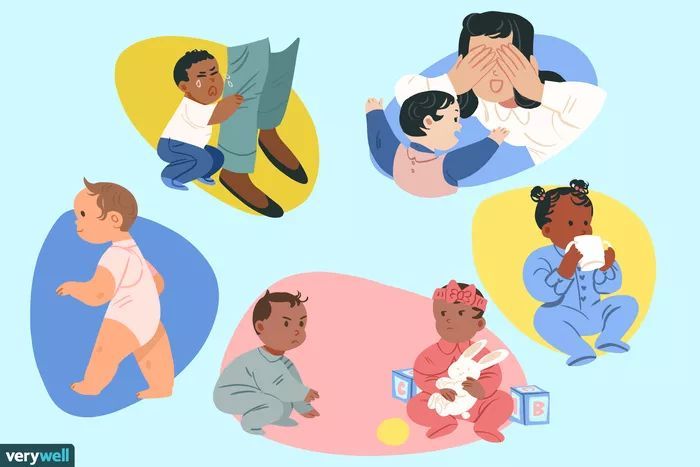 In addition, bright colors and the ability to create something are very pleasing to the baby.
In addition, bright colors and the ability to create something are very pleasing to the baby.
Possible developmental abnormalities
Each child should be examined by a pediatrician every year. At a scheduled examination, a vaccination schedule is formed, the baby's condition is assessed, both physical and neuropsychic. The doctor will ask the parents questions, the answers to which will determine whether the child is developing normally. You should be wary only if the child shows serious deviations in behavior:
- cannot crawl, stands poorly, has difficulty moving;
- does not pronounce meaningful words, there is no gesticulation;
- does not understand even simple requests, interacts poorly with parents and other children;
- does not know how to use household items. At the same time, one-year-old children may well string the pyramid in the wrong order, this is normal.
If something has alerted you, tell your pediatrician about it during a routine examination.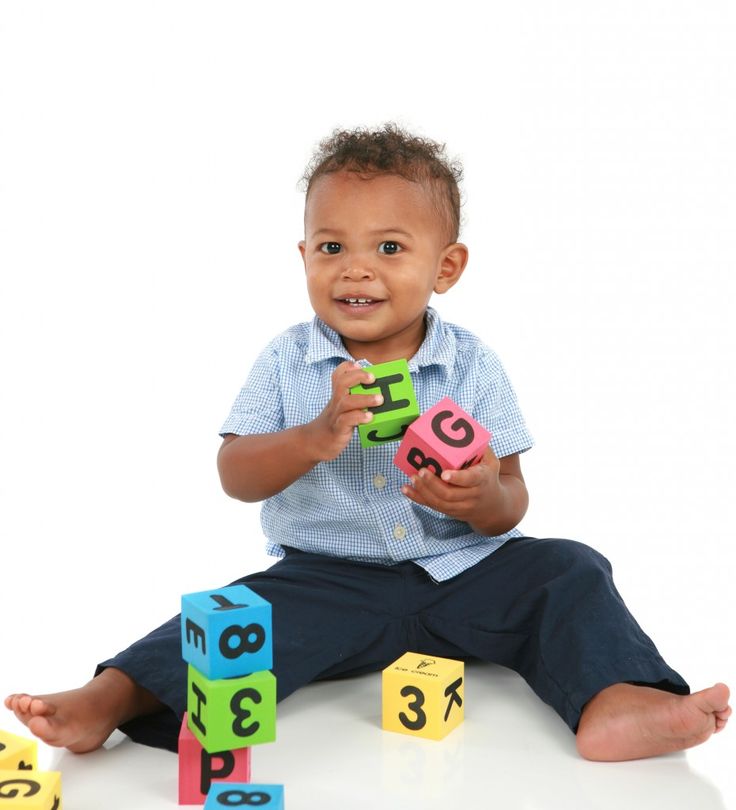 It will help you deal with problems if you have any.
It will help you deal with problems if you have any.
A baby who has crossed the one-year milestone is very different from himself just a few months ago. Further, he will become more and more intelligent, active and independent, delighting his parents and learning about the world. Remember: every child is not like the other, and take into account the individual characteristics of the baby in the upbringing and development.
[1] Evgeny Komarovsky “The Beginning of Life. Your child from birth to a year
[2] John Medina, Rules for the Development of Your Child's Brain
[3] Elena Sosoreva “The first year of a baby's life. 52 most important weeks for a child's development
(33 ratings; article rating 4.5)
Child development calendar: 1 year
home
Parents
How to raise a child?
Child development calendar: 1 year
- Tags:
- Expert advice
- 0-1 year
Until the age of 12 months, the child is in close emotional connection with his mother and perceives himself as part of her.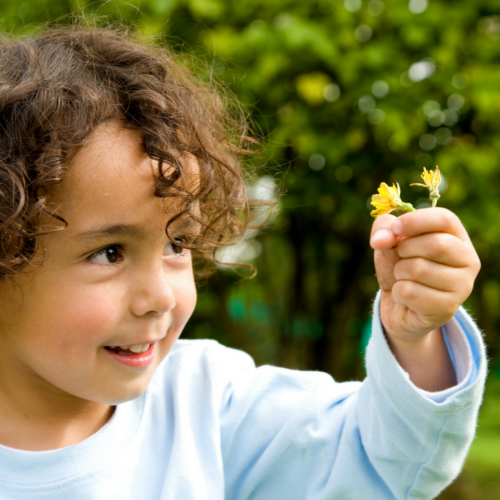 And in a year he becomes more autonomous, his personality begins to take shape. During this period, the child experiences the first internal conflict: on the one hand, he is used to the fact that his mother is always with him and fulfills all his desires, but at the same time he wants independence. When something doesn’t work out for him, he can start to act up, cry and get angry. Parents need to support the baby in his development, correctly correcting his behavior.
And in a year he becomes more autonomous, his personality begins to take shape. During this period, the child experiences the first internal conflict: on the one hand, he is used to the fact that his mother is always with him and fulfills all his desires, but at the same time he wants independence. When something doesn’t work out for him, he can start to act up, cry and get angry. Parents need to support the baby in his development, correctly correcting his behavior.
What can a child at 1 year old do?
One year old baby is able to:
- pronounce easy words and imitate sounds by himself;
- walk without support;
- bite and chew solid food;
- assemble a pyramid, build several figures from cubes;
- make cakes, roll sausages from plastic material;
- comment on what you are doing;
- to use a cup and spoon.
A one-year-old child has clearly defined interests, likes and dislikes.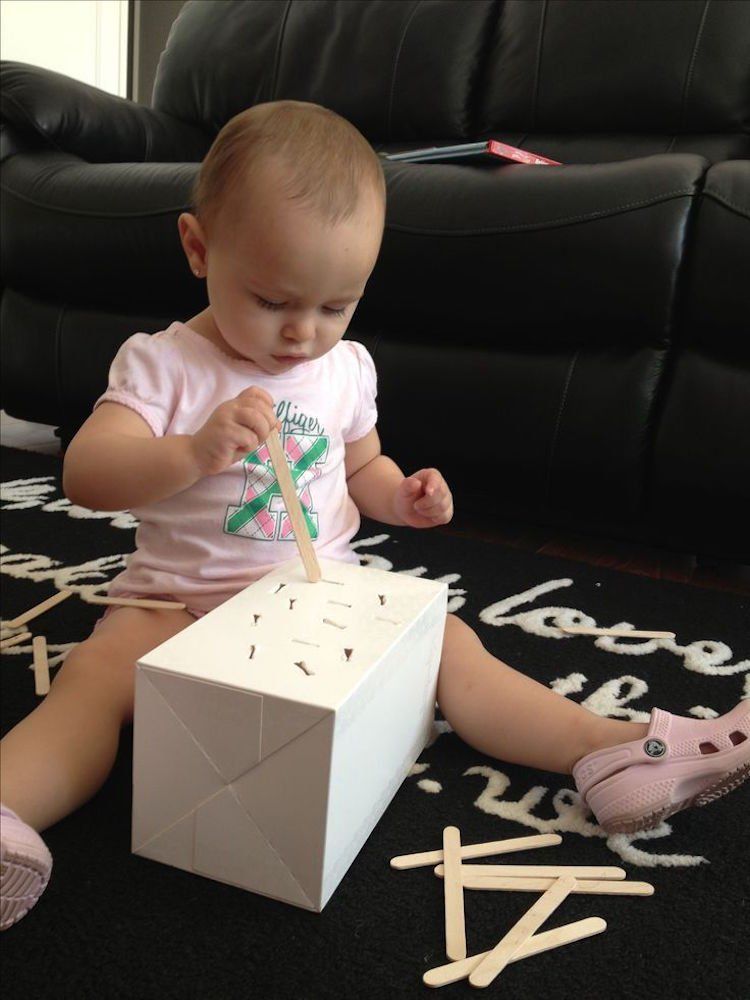 He behaves differently with different people and shows independence in choice and action, and also actively expresses emotions, including negative ones.
He behaves differently with different people and shows independence in choice and action, and also actively expresses emotions, including negative ones.
Development of a child at 1 year: 7 principles
I am a parent offers young mothers and fathers seven simple tips to ensure that your baby develops quickly and easily overcomes the "threshold of one year".
1. Encourage familiarity with the world around you
At the age of one year, the peak of the cognitive activity of the baby falls, so parents should encourage the desire of the crumbs to get acquainted with the outside world. Very often, children at this age are not at all interested in toys, but show interest in household items that adults use. So if your child is enthusiastically twirling the lid of a pot in his hands or trying to open the door of a washing machine, it is worth giving him the opportunity to explore a new object and try it “in action”! Of course, this does not apply to sockets and other dangerous items for the health of the baby.
2. Respect independent choice
Let the baby try, without your help, choose toys that he wants to take with him for a walk, put on a shoe or hat, decide what kind of porridge he will eat for breakfast. Such simple actions will let the child understand that you respect his independence and reckon with his opinion. If the baby does not succeed in some action, and he begins to act up and cry, you should not do everything instead of him: help him with advice. If the child cannot assemble a pyramid from rings of different diameters in any way, lay out the rings in front of him in the right order, but let the child try to assemble the pyramid itself.
3. Develop physically together
Closer to 12 months, the child actively crawls, can crawl under obstacles, climbs boldly on an inclined surface, easily climbs onto a chair or sofa, can stand without the support of an adult and takes his first independent steps.
One year old, you can already start doing the first exercises: children try to imitate the movements of adults.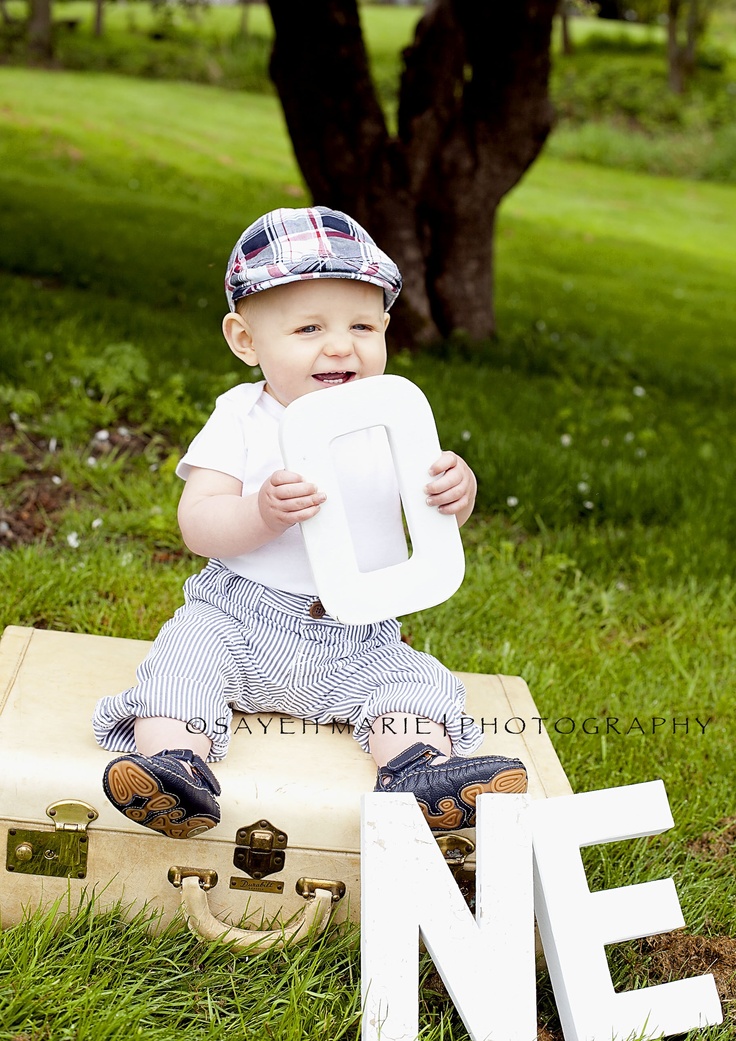 Repeating the simplest exercises after mom and dad will bring the baby a lot of fun and exciting minutes, and young mothers can combine business with pleasure - “throw off” a couple of kilograms!
Repeating the simplest exercises after mom and dad will bring the baby a lot of fun and exciting minutes, and young mothers can combine business with pleasure - “throw off” a couple of kilograms!
4. Learn to use cutlery
One year old baby is able to use cutlery at the table. Some children at the age of one year already know how to prick small pieces of food on a fork.
5. Learn new words and counting
By the age of one, a child can already say a few words. Most often, these are imitating, lightweight words, consisting of simple repeating sounds: ba-ba, ma-ma, etc.
Children of this age distinguish between the names of close people and the names of certain objects. They willingly fulfill the requests of adults to show them a ball, a cube, a chair or a teddy bear. The child always looks in the direction of the person who was called by name, or the subject that is being spoken about. Therefore, if you call out loud new objects that fall into the field of view of the baby, your baby will quickly learn new words and learn to associate them with certain objects.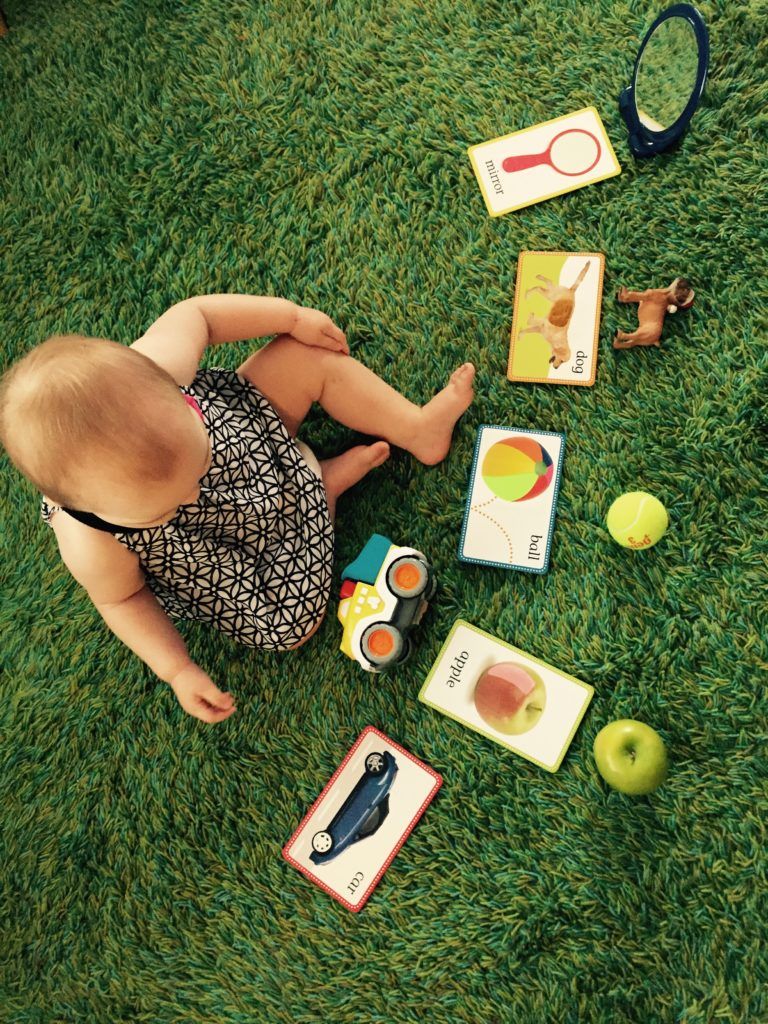
It is impossible to teach a one-year-old child to count, but a baby at this age can quite remember the meaning of the word “two”. Lay out pairs in front of the baby - socks, gloves, identical balls and say "two". Very soon the child will understand what is at stake, and imitating you, he will connect things in pairs.
6. Don't distract him from his studies
A baby understands the meaning of the words “possible” and “impossible” at the age of one, and when he is not allowed to do something, he will show his displeasure in every way.
One should not force a one-year-old child to do what he does not want to do. Do not offer the baby to take pencils and draw if he enthusiastically rolls a ball on the floor or builds a pyramid of cubes. Remember that children at this age prefer to be independent, so attempts to force them into unwanted actions will only cause negative emotions and whims.
7. Be patient
Child psychologists note that at the age of one, children begin to enthusiastically observe the people around them and strive to imitate their behavior.
